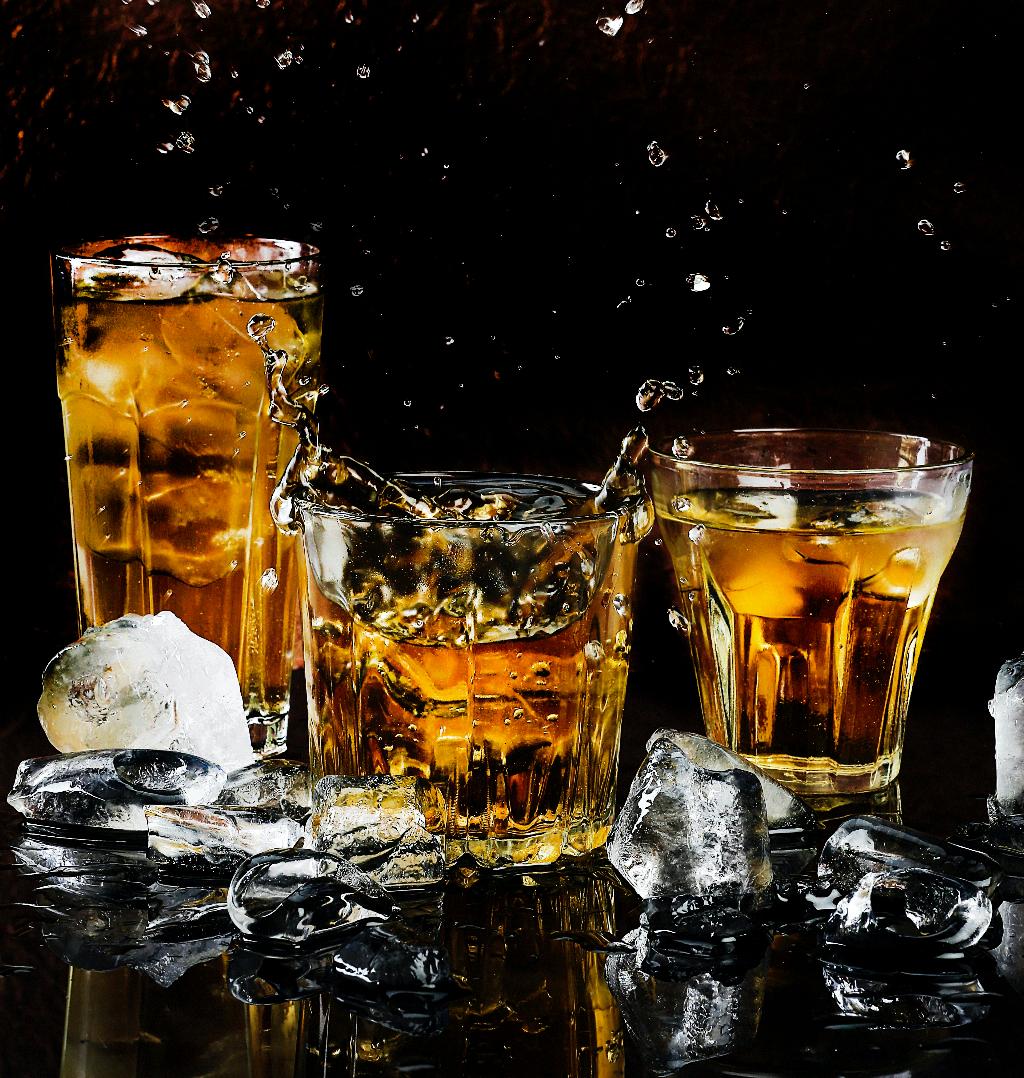When you stroll down the whiskey aisle of your local liquor store, you may come across various types of whiskey bottles labeled with intriguing terms such as “Reserve.” These labels often pique your interest and leave you wondering what exactly these terms mean. In this article, we will unravel the mystery behind the term “Reserve” when it comes to whiskey bottles.
The Significance of Reserve Whiskey
Reserve whiskey is a term used by distilleries to designate a particular bottling of whiskey that holds some special characteristics or qualities. The term indicates that this whiskey has been aged for a longer period compared to their standard releases or has been carefully selected from a specific batch to offer an exceptional drinking experience.
The Aging Process
One of the key factors that distinguishes reserve whiskey from other types is the aging process. While regular whiskey may be aged for a minimum number of years, reserve whiskey undergoes a more extended maturation period. The prolonged aging allows the whiskey to develop complex flavors and aromas, resulting in a smoother and more refined drinking experience.
Meticulous Selection
Another aspect that sets reserve whiskey apart is the meticulous selection of barrels or batches. Distilleries, in their pursuit of excellence, often handpick specific barrels or batches that showcase exceptional characteristics. These chosen barrels are set aside for further aging and eventual bottling as reserve whiskey, ensuring a superior taste profile that sets it apart from the rest.
A Symbol of Craftsmanship
Reserve whiskey is often considered a symbol of craftsmanship, expertise, and dedication within the world of whiskey production. The process of crafting reserve whiskey requires the careful monitoring of maturation, regular tasting, and years of experience to identify the perfect moment to bottle the whiskey. This attention to detail and commitment to creating a top-tier product is what makes reserve whiskey highly sought after by whiskey enthusiasts.
Marketing Influence
While the term “Reserve” holds significance in the whiskey-making process, it is essential to acknowledge the influence of marketing in its usage on whiskey bottles. Distilleries understand that the term “Reserve” carries a certain level of prestige and exclusivity, attracting consumers who are searching for a higher-quality drinking experience. Therefore, sometimes the usage of “Reserve” on a whiskey bottle could primarily be a marketing tactic to appeal to consumers.
Variations of “Reserve”
It’s worth noting that there is no strict industry-wide regulation on the usage of the term “Reserve” in whiskey labeling. As a result, different distilleries may have their own interpretations of what “Reserve” means. Some distilleries may use the term to indicate an older age statement, while others may use it to indicate a special cask finish or a blend of rare whiskies. Therefore, it is crucial to read the label and gather more information about the specific whiskey before making a purchase.

In Conclusion
In summary, when you come across a whiskey bottle labeled as “Reserve,” it generally signifies that the whiskey has undergone a longer aging process or has been selected from a particular batch for its exceptional qualities. It represents a dedication to craftsmanship and a pursuit of creating a superior drinking experience. However, due to the lack of standardized regulations, it is essential to research and gather specific information about the whiskey before making a purchase to fully understand the characteristics and qualities the “Reserve” label represents.
